The reason for this post however is to give an example of how LinkedIn has value that can span continents. All it requires is being authentic, posting interesting and original content. Save the google searched videos, recycled click-bait, headline news stories and inspirational posts for the F & T of social media. Real people want to know what you think about topics, how we can change and improve, what the future holds and how to help each other.
I have met a number of people in the course of my travels around the United States and Canada who were LinkedIn contacts. It has always been great to get a chance to have face to face conversations and learn more about them as people. When the opportunity to visit Lima Peru and meet one of my LinkedIn contacts it seemed a no-brainer.
What I had hoped to learn was a little bit more about how disaster preparedness occurs in another country. In turn I could use this knowledge to benefit my clients in the future. Attending the night time disaster drill with Dante was all I expected to participate in. By itself it was well worth the investment of time but the opportunity soon expanded.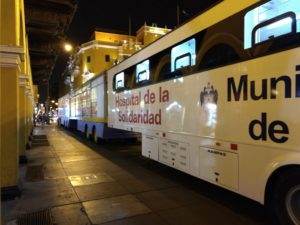
After writing about this experience and posting on LinkedIn I was contacted by a LinkedIn member who works in a more remote area of Peru. They do training with specialized police units and wilderness search and rescue. Like the United States, rural areas are often last to see any support and often on their own. After better appreciating his needs I was able to connect him with one of my contacts in the states. I’m optimistic between the two of them positive results directly impacting the safety of responders and the well-being of those in need will result. The power of LinkedIn.
To be honest until I started doing more in-depth due diligence on the local hazards, I was not aware of the risks Lima faced. Part of this interest was driven by my own survival sense noting that I was staying in a high risk zone for earthquake and tsunami. 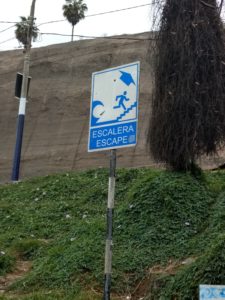 (I’ve started compiling my survival supplies here.) Peruvian Emergency Management-types view the environment as a year-round threat due to their weather and seismic activity.
(I’ve started compiling my survival supplies here.) Peruvian Emergency Management-types view the environment as a year-round threat due to their weather and seismic activity.  The public is engaged through frequent highly visible exercises and simple easy to follow emergency instructions. If you spend any time walking in Lima you will get the impression risk is present. (Note for future travelers. Lima is often considered just the point of entry to visit Machu Picchu but Lima itself really is worth spending time in. Forty-five archaeological sites, five of which are open to the public including this massive pre-Inca set of ruins.)
The public is engaged through frequent highly visible exercises and simple easy to follow emergency instructions. If you spend any time walking in Lima you will get the impression risk is present. (Note for future travelers. Lima is often considered just the point of entry to visit Machu Picchu but Lima itself really is worth spending time in. Forty-five archaeological sites, five of which are open to the public including this massive pre-Inca set of ruins.) 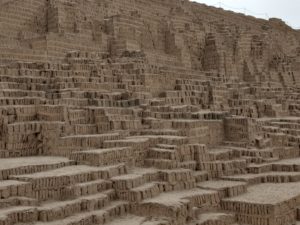
Attending the the security and defense conference offered by the Peruvian Ministry of Defense was an unexpected opportunity thanks to Dante.  I was provided an interpreter and they asked me what I was most interested in. I told her in the states during major events we have consitent problems in communication, command and control, resource management and coordination. Over the course of day one’s presentations she began to chuckle. I asked what was funny and as she said they were mentioning the exact things I had said were problems in the states as being problems here.
I was provided an interpreter and they asked me what I was most interested in. I told her in the states during major events we have consitent problems in communication, command and control, resource management and coordination. Over the course of day one’s presentations she began to chuckle. I asked what was funny and as she said they were mentioning the exact things I had said were problems in the states as being problems here.
We all know how the concept of a “common operating picture” is pushed. It would be wonderful to know everything before making decisions to deploy our resources, but it just is not and never will be practical in a disaster. One speaker started talking about the document pictured.  At first I was excited thinking it would be a summary document of a hazard assessment of Lima and capabilities to meet the anticipated needs. But then I downloaded it and slowly started piecing together what it was saying. This document outlined the process they want local jurisdictions to follow post-disaster to assess damages and document their needs. These get rolled up at the regional level to let them adjudicate where resources should be sent. Just like the states, they want to have a perfect picture to assure they are making the right decisions.
At first I was excited thinking it would be a summary document of a hazard assessment of Lima and capabilities to meet the anticipated needs. But then I downloaded it and slowly started piecing together what it was saying. This document outlined the process they want local jurisdictions to follow post-disaster to assess damages and document their needs. These get rolled up at the regional level to let them adjudicate where resources should be sent. Just like the states, they want to have a perfect picture to assure they are making the right decisions.
Oddly enough when I was speaking with the trainer in remote Peru he mentioned a major flood event last year. Problems he saw included:
- Lack of use of an incident management system (fire uses ICS but they are pretty much the only ones)
- Intra and inter agency coordination
- Communication
- Lack of coordination
- Paralysis by analysis -too many issues to know where to start so resources not deployed
Sounds very much like what we see in the states doesn’t it?
I also met a couple of detectives who work in helping teach Peruvian law enforcement how to track money from narcotics trafficking. If some of my law enforcement contacts are interested in their efforts, I can link you up.
My original contact in Peru, Dante, works as a fire-fighter at the airport in Lima. It is the only paid fire department in Lima, a city of 10 million. 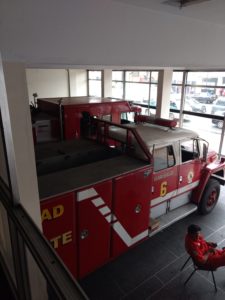 Yes you read that right, the 27th most populous city in the world, bigger than NYC, relies on volunteer fire-fighters.
Yes you read that right, the 27th most populous city in the world, bigger than NYC, relies on volunteer fire-fighters. 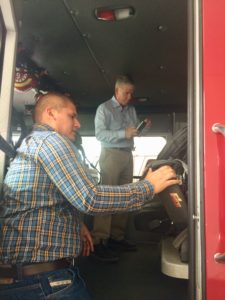 Volunteer here means not only do you volunteer for the training and response duties but in most cases you buy your own gear. Trucks, equipment, ambulances and supplies also depend on donations or the volunteers buying them themselves.
Volunteer here means not only do you volunteer for the training and response duties but in most cases you buy your own gear. Trucks, equipment, ambulances and supplies also depend on donations or the volunteers buying them themselves.
Dante also volunteers and took me to tour his neighborhood station. About 2,500 calls annually, mostly EMS runs just like ever where else. This station has an active roster of over 200 members.
It serves as the training site for firefighters across the city. The station has a nice training room for lectures, a smoke room and the “BBQ” room converted to doing blacked-out mask drills in confined space.  If any of my readers have the ability to assist, I’ll put you in contact with the appropriate parties here. Japan has been a significant source of donated equipment.
If any of my readers have the ability to assist, I’ll put you in contact with the appropriate parties here. Japan has been a significant source of donated equipment.  I’m curious if LinkedIn members will step up as well.
I’m curious if LinkedIn members will step up as well.
While I have been learning a great deal about challenges to Peru, I have met so many great people. I have also gained greater insight into Latin America’s view of the world and how external factors, including the United States, come to play in influencing their countries.
The point is that LinkedIn can be used to educate and learn, connect one person with a need to another with a possible solution and the result is something positive. Make it a point to contribute.
Looking forward to your thoughts and comments.

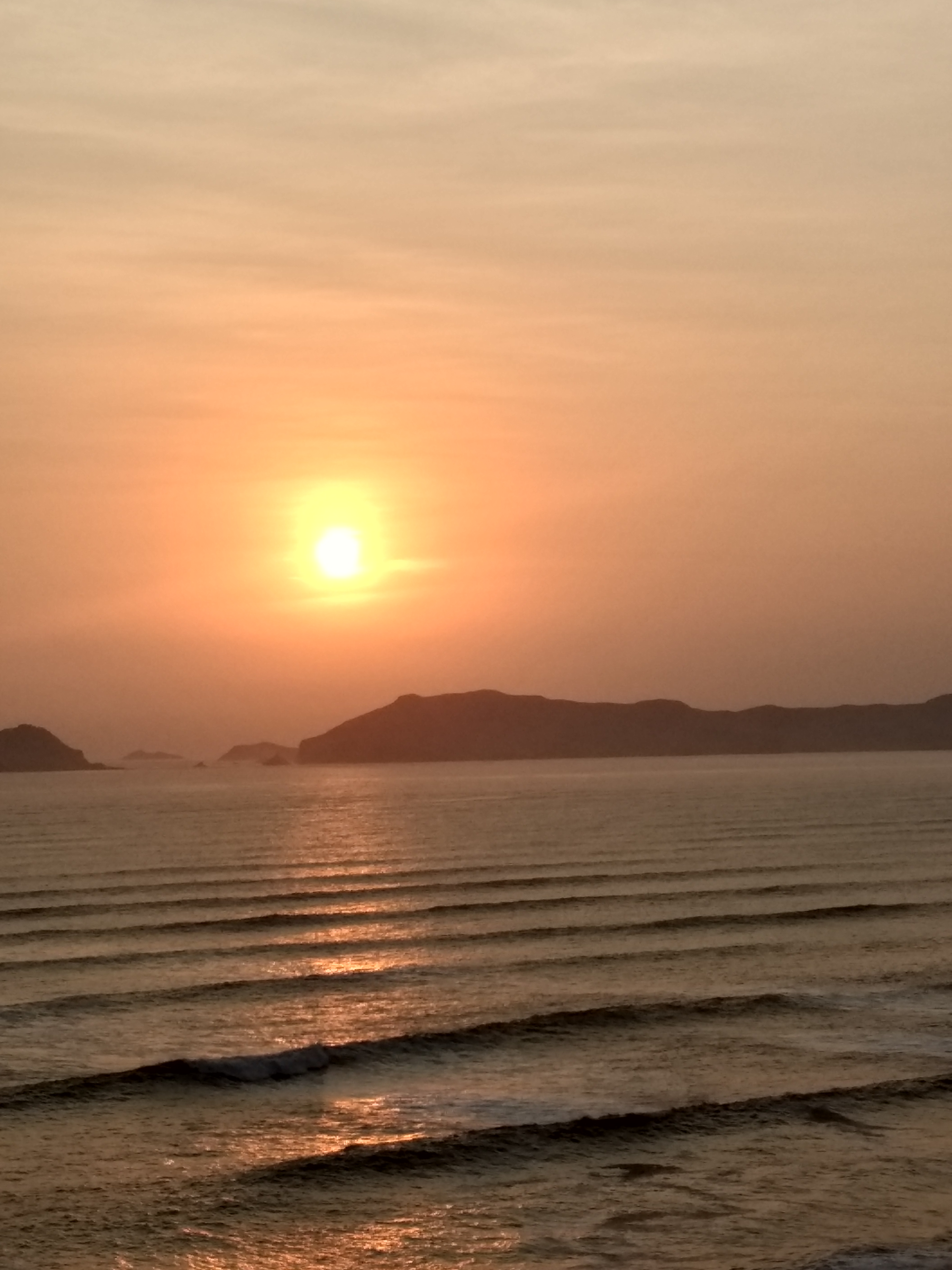


Leave A Comment